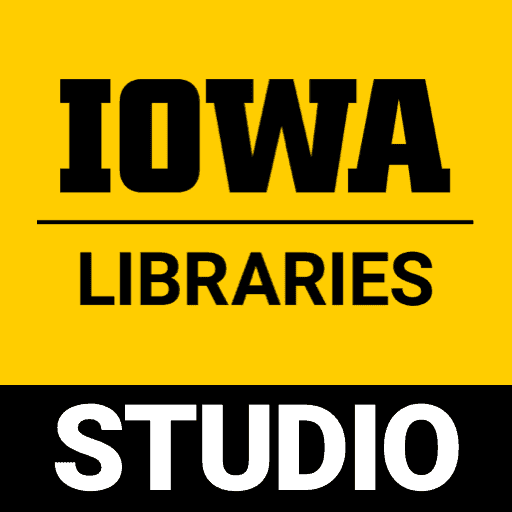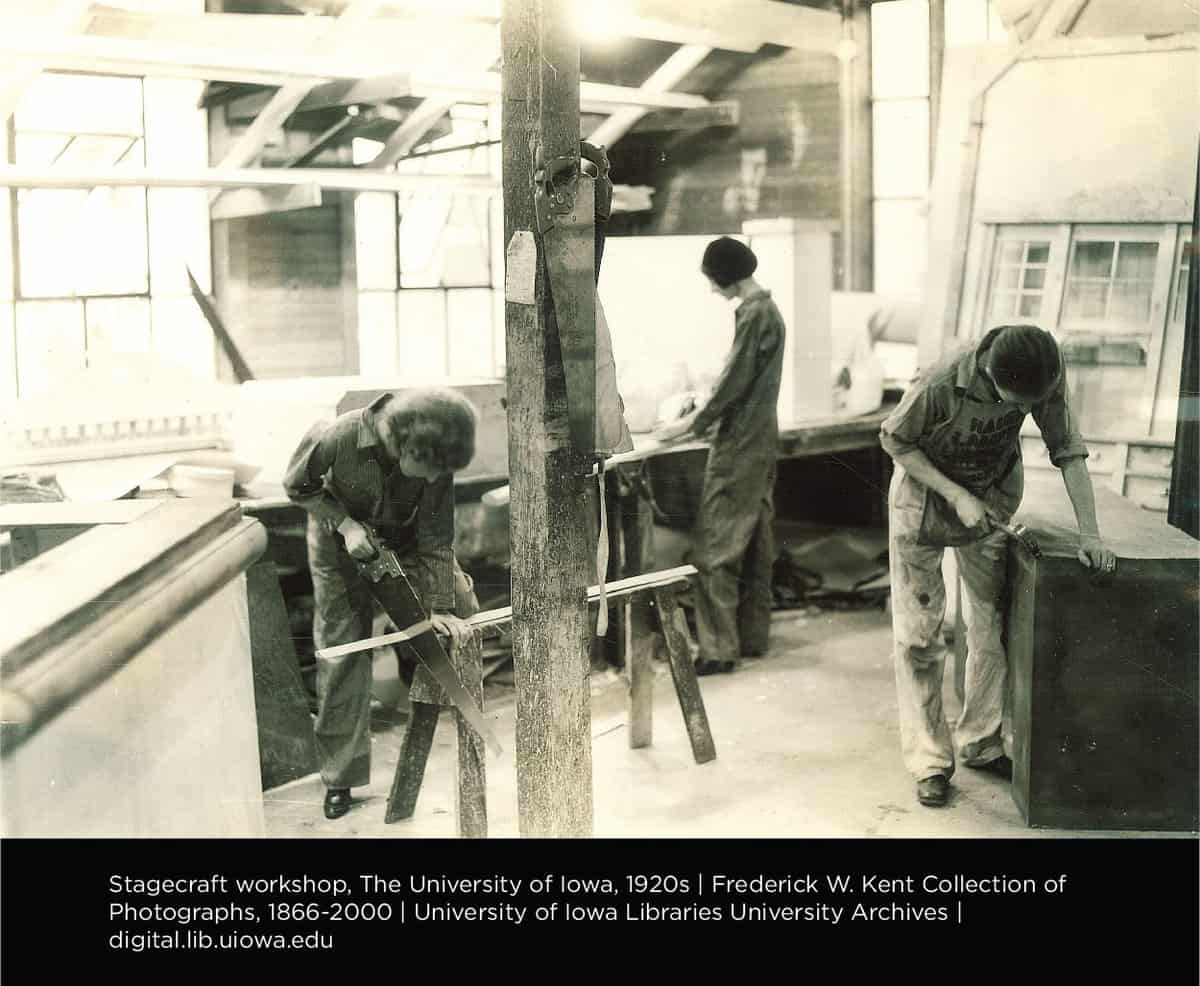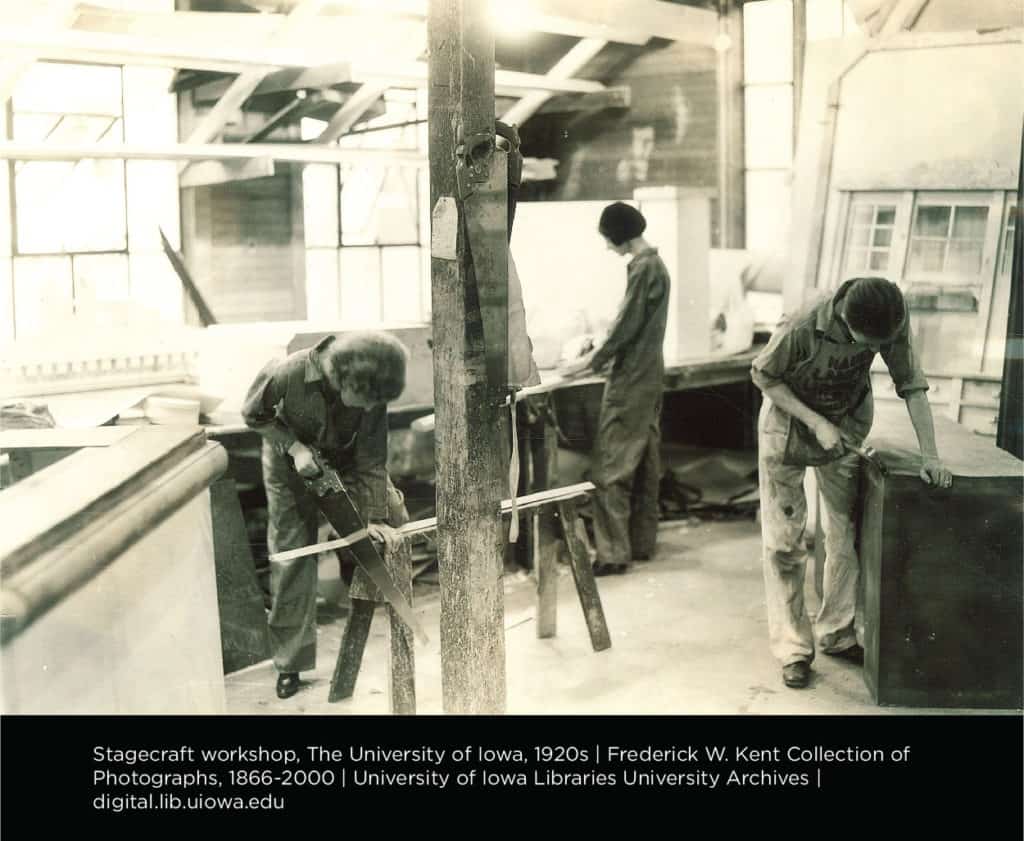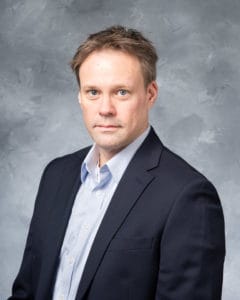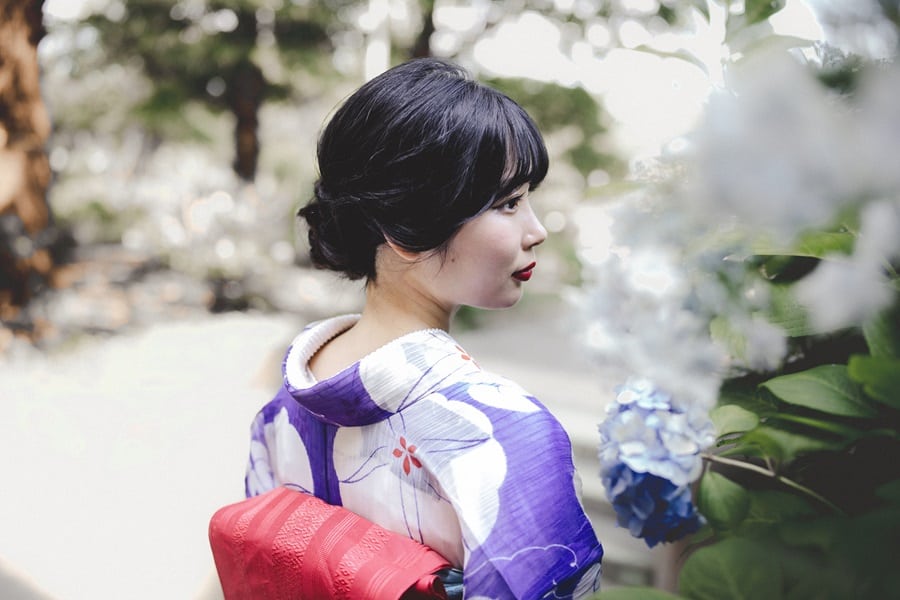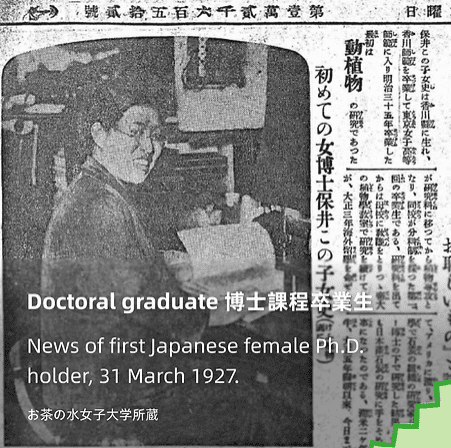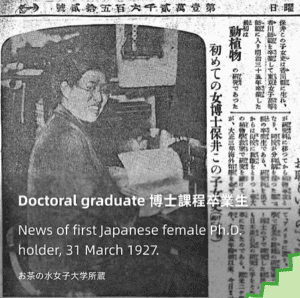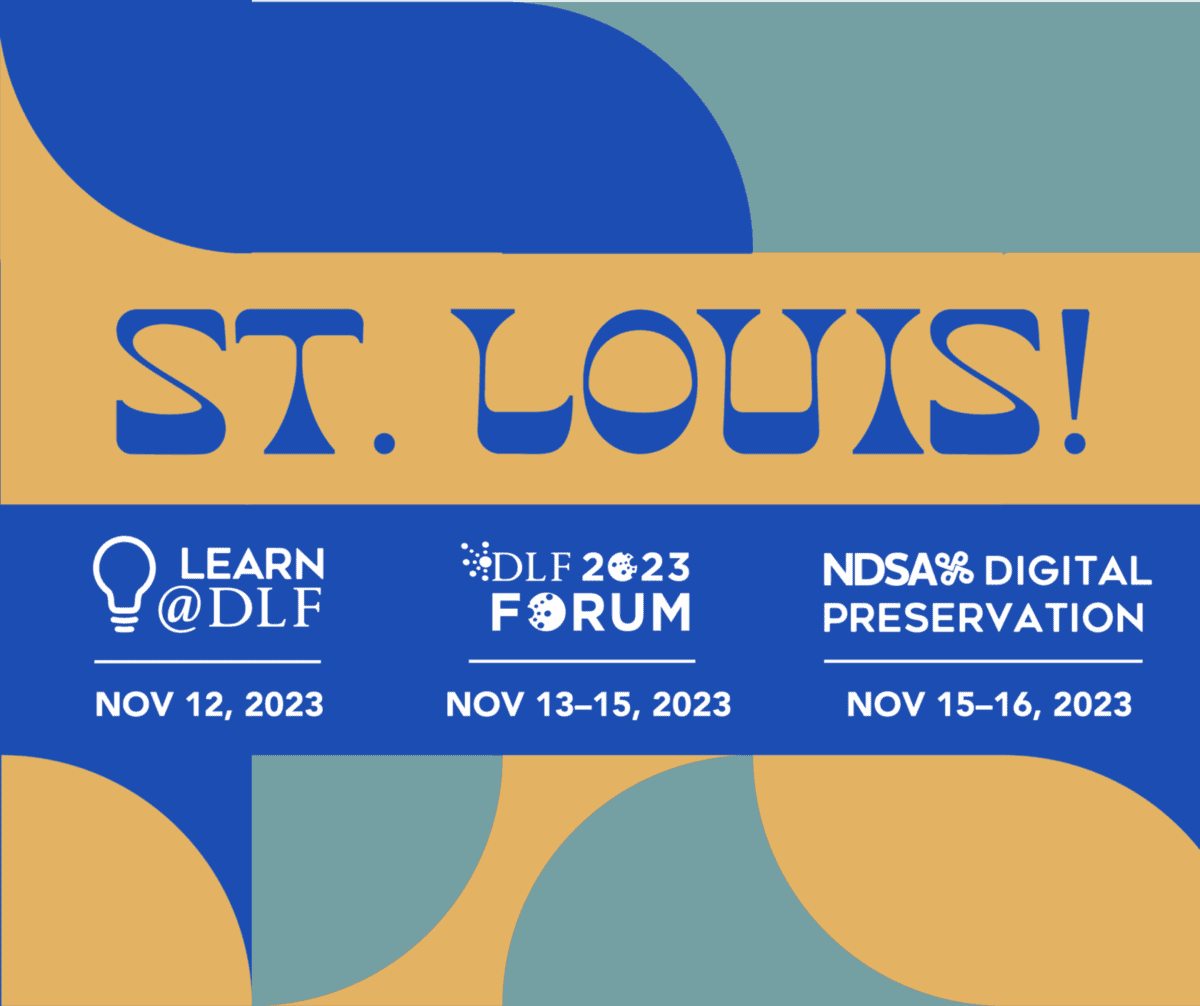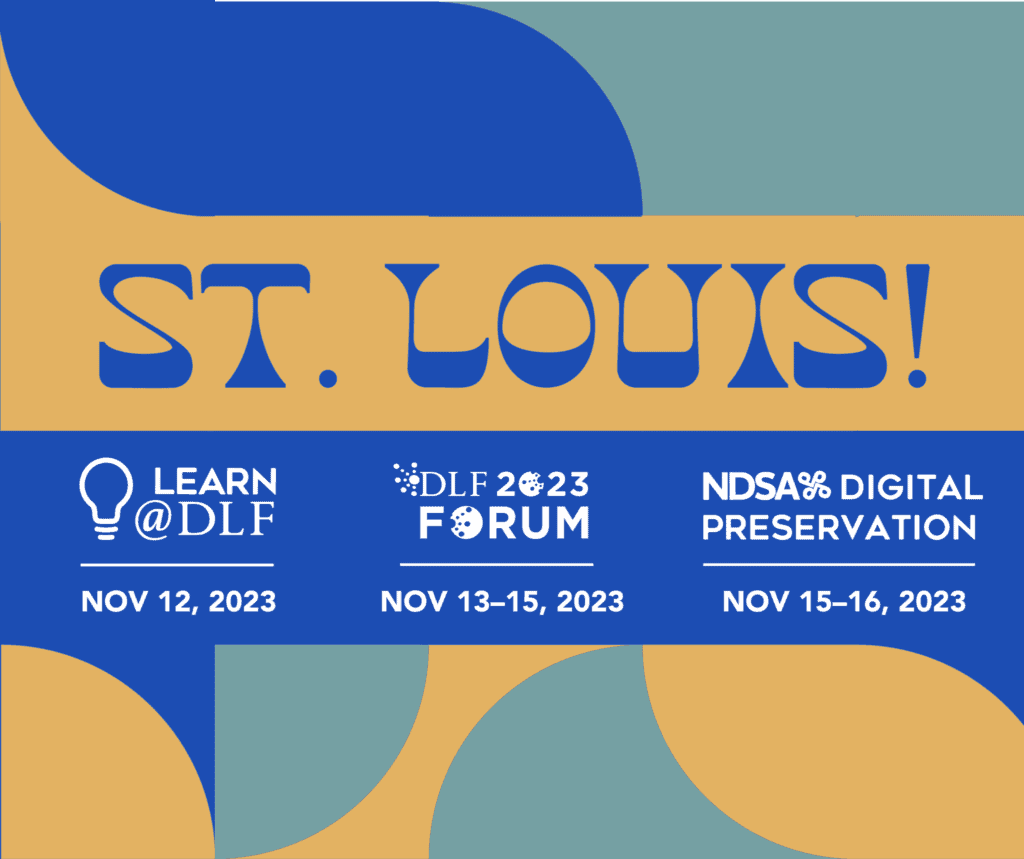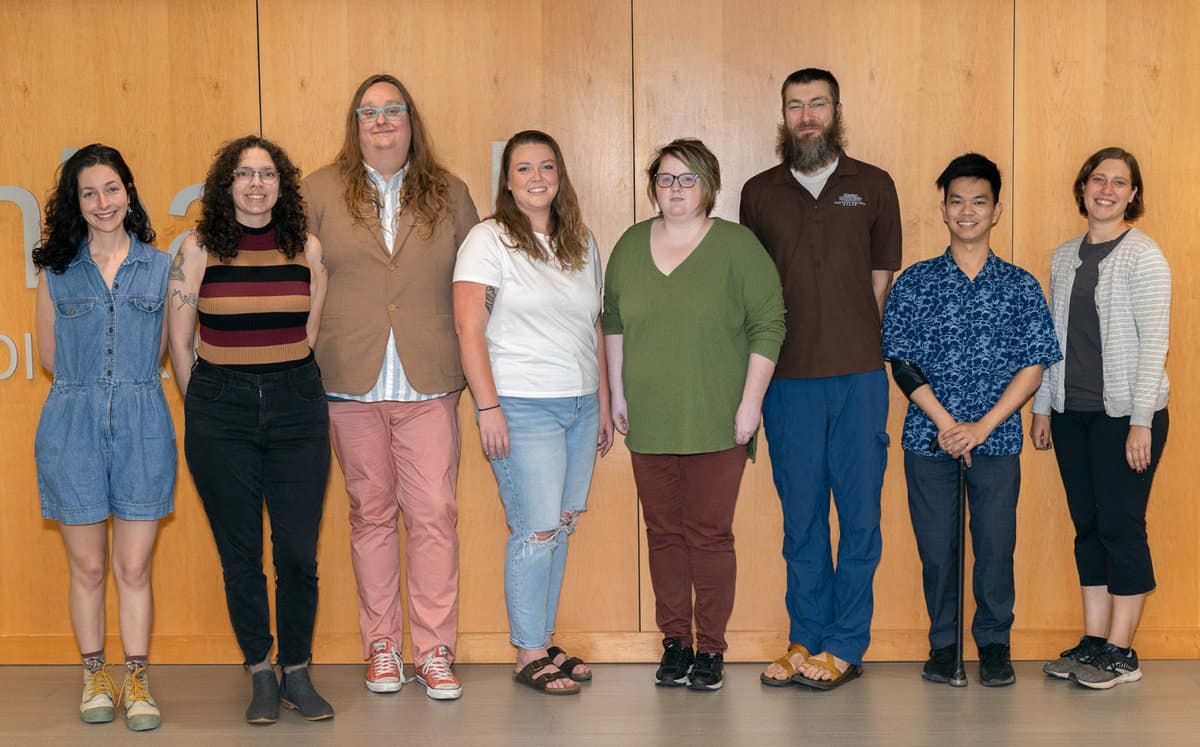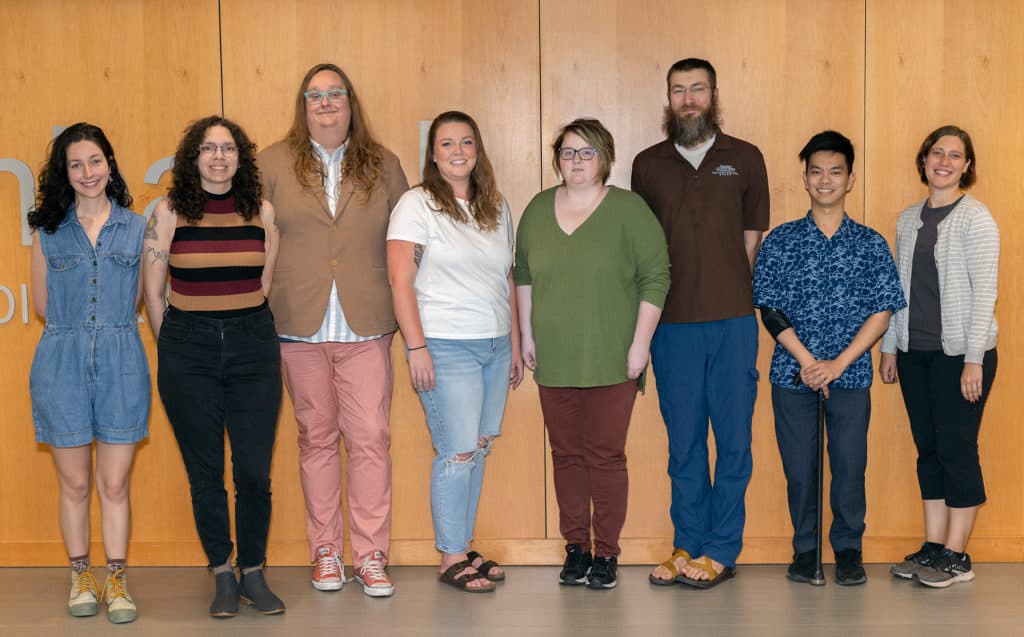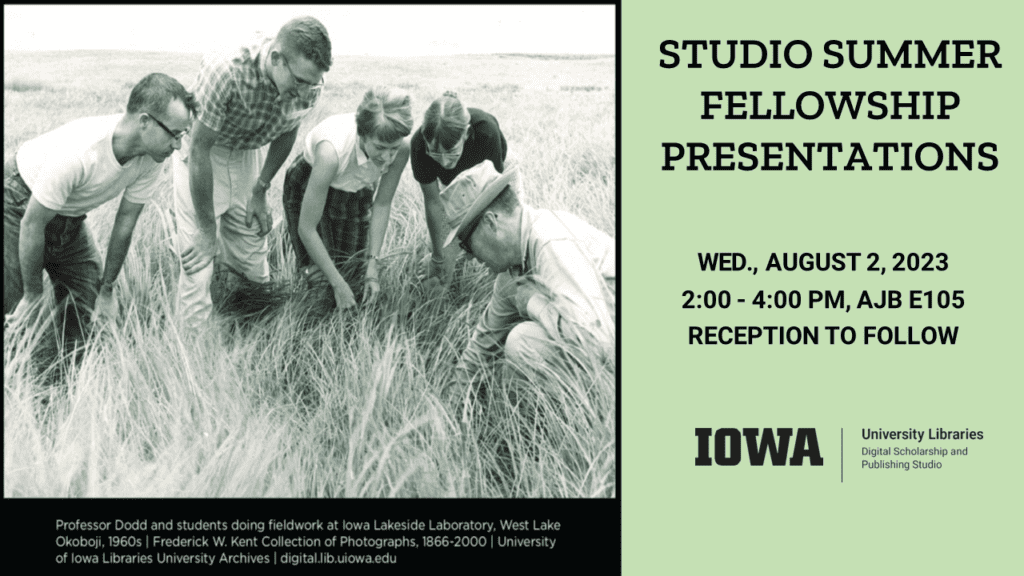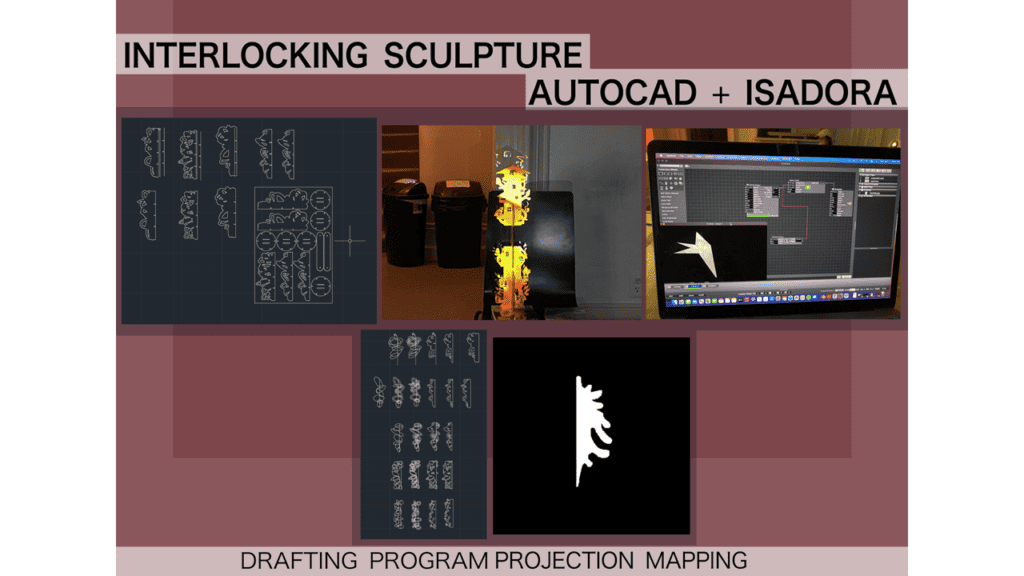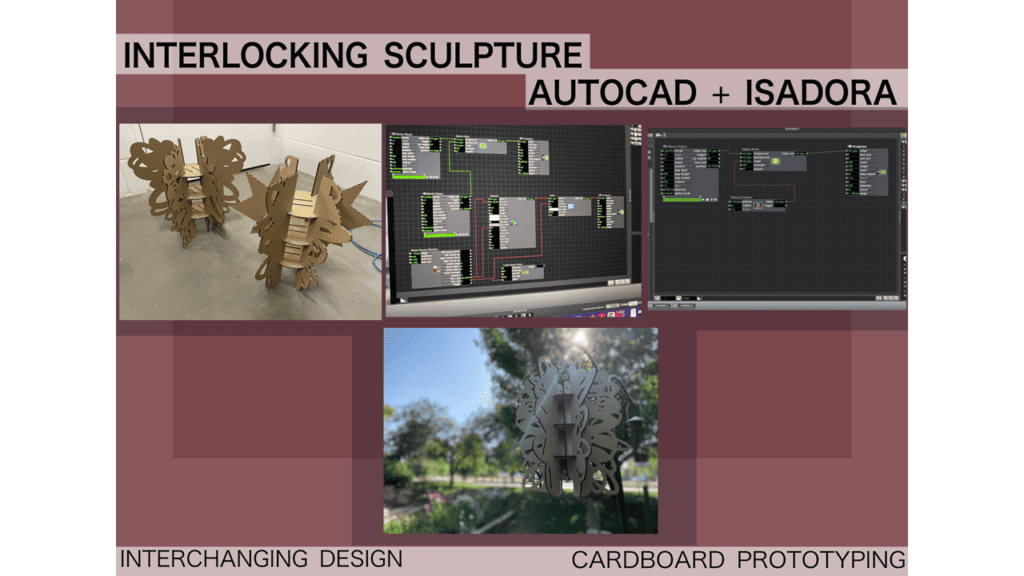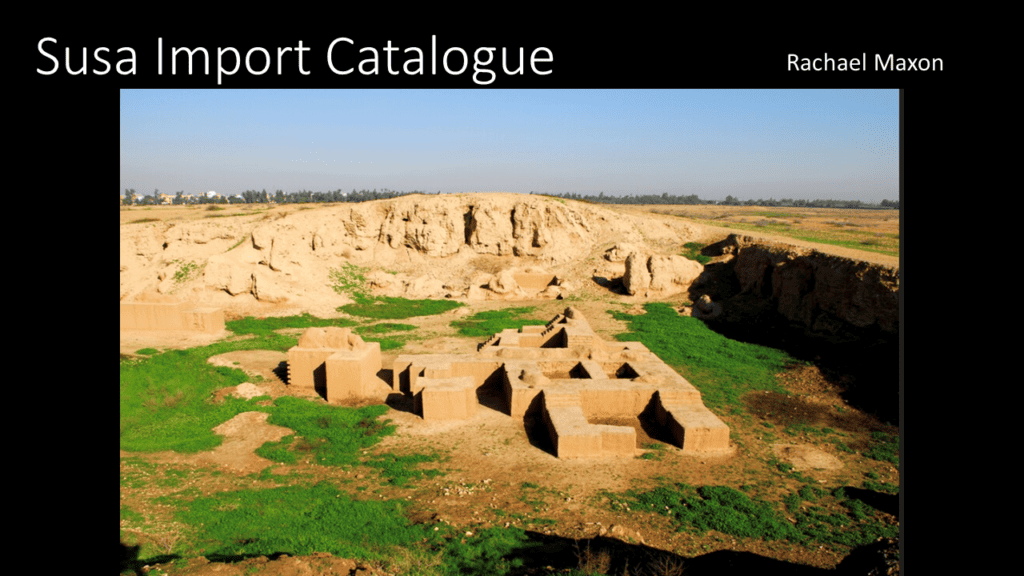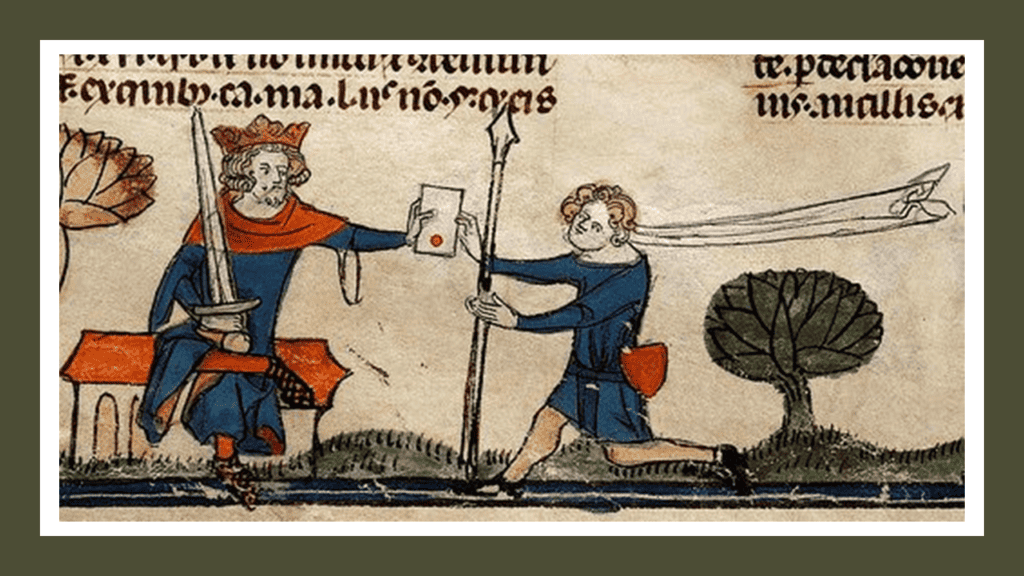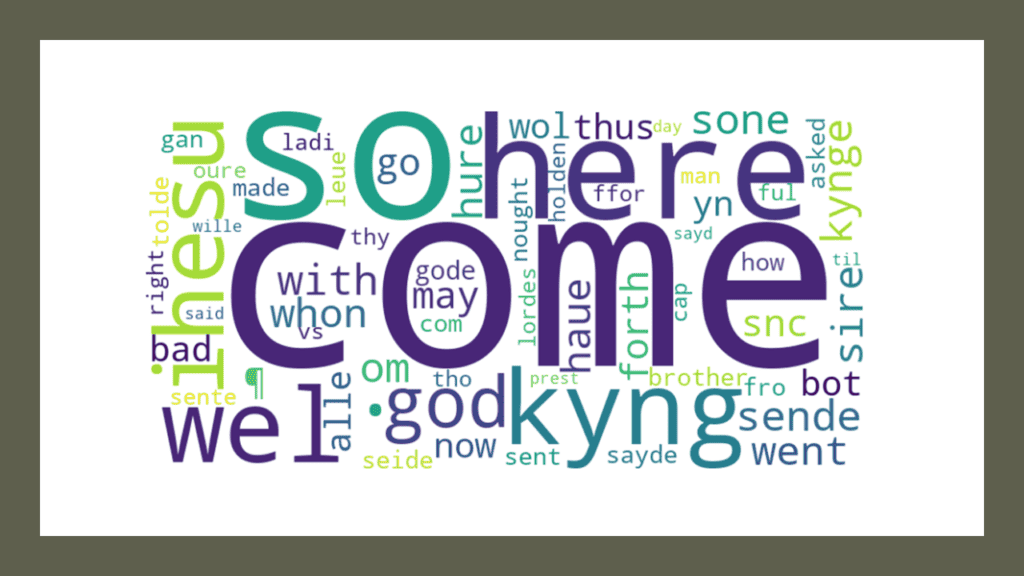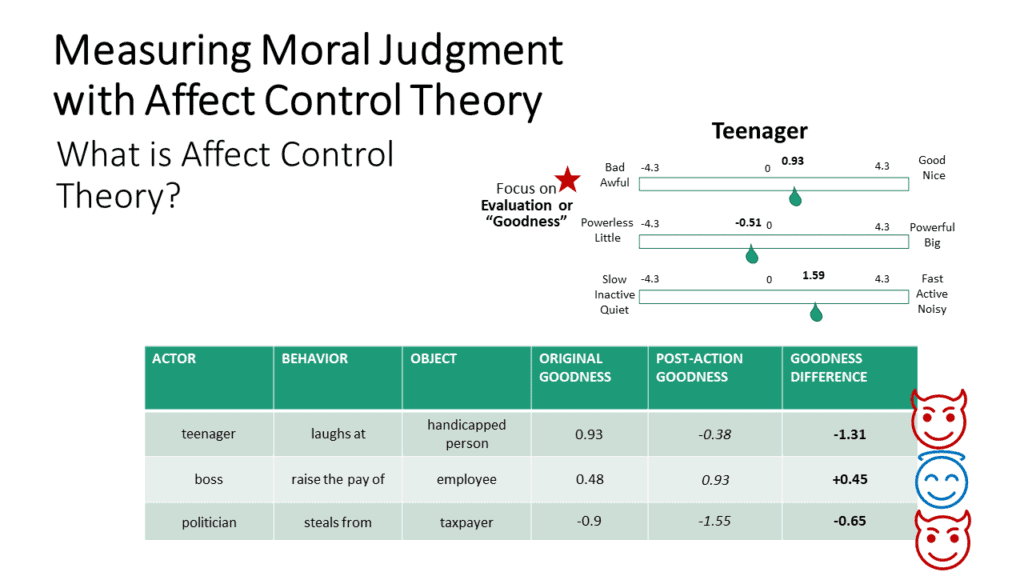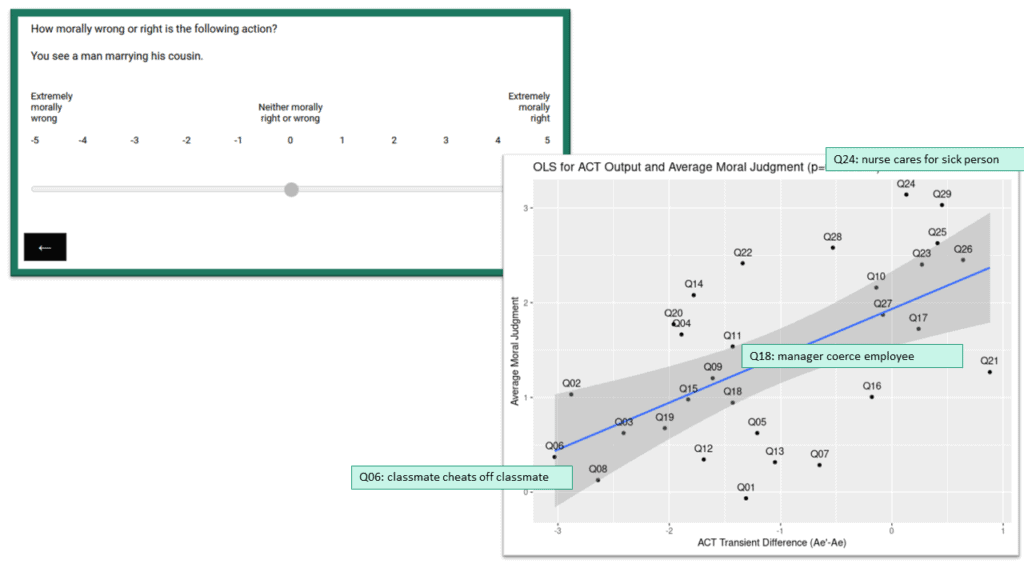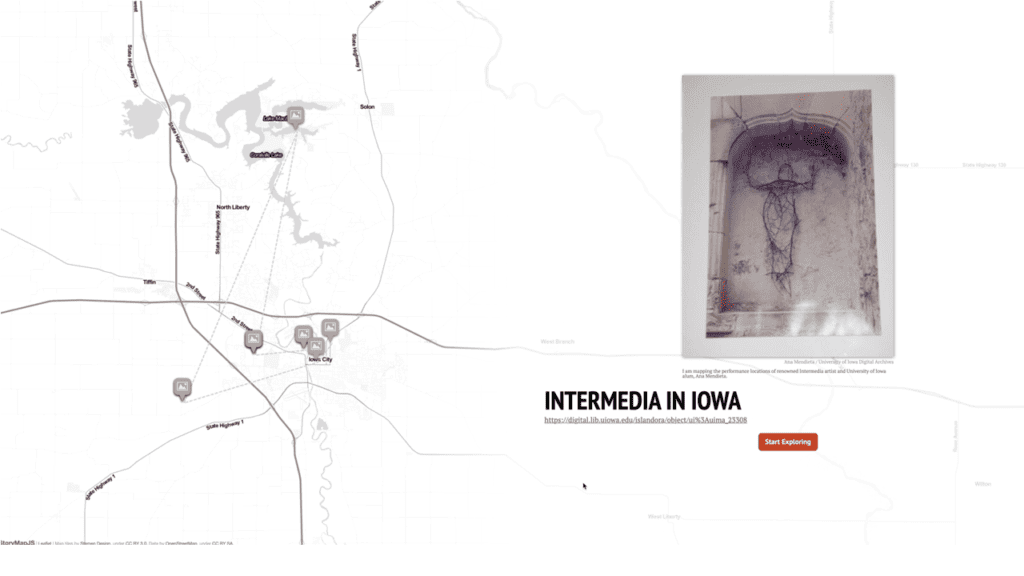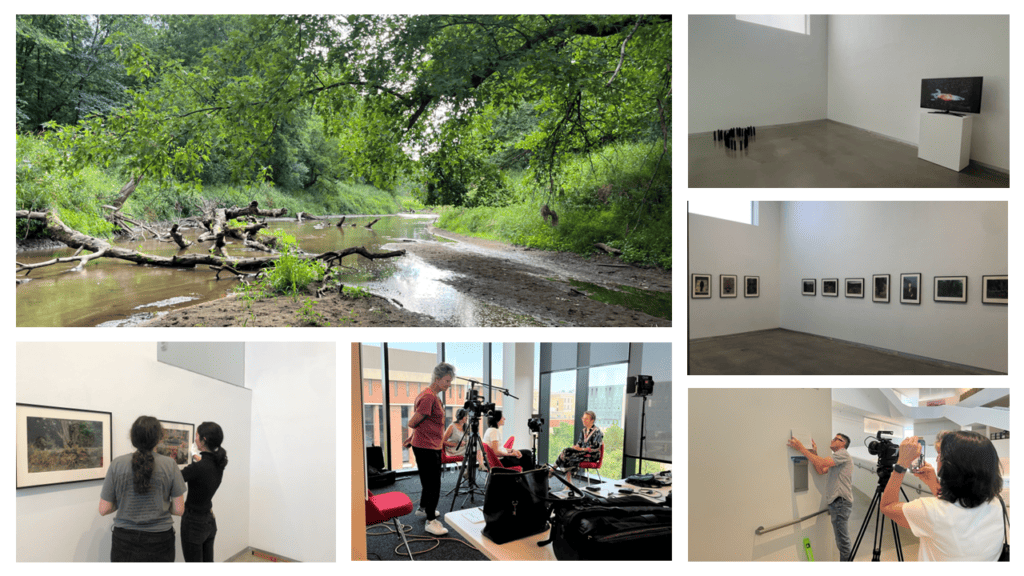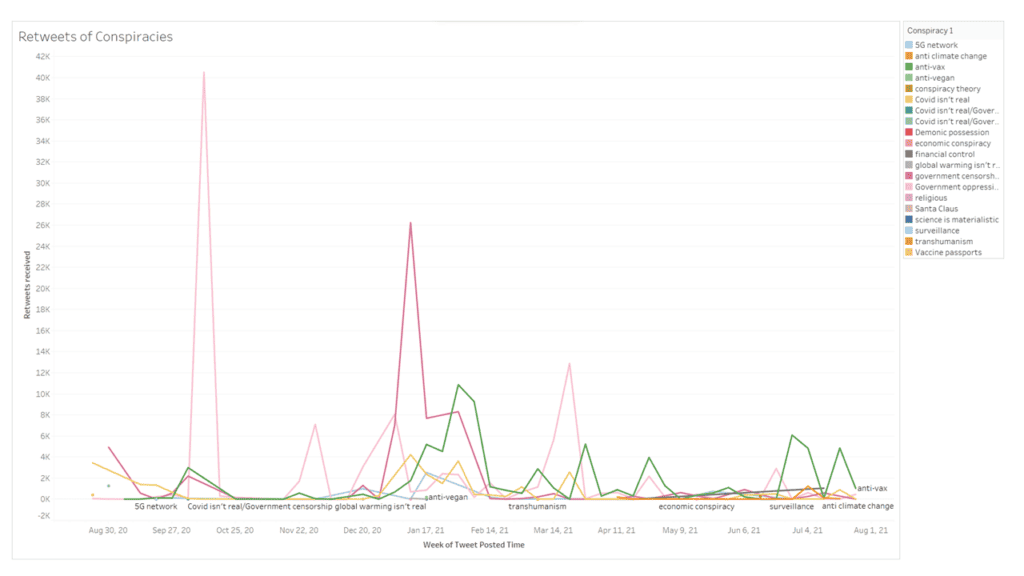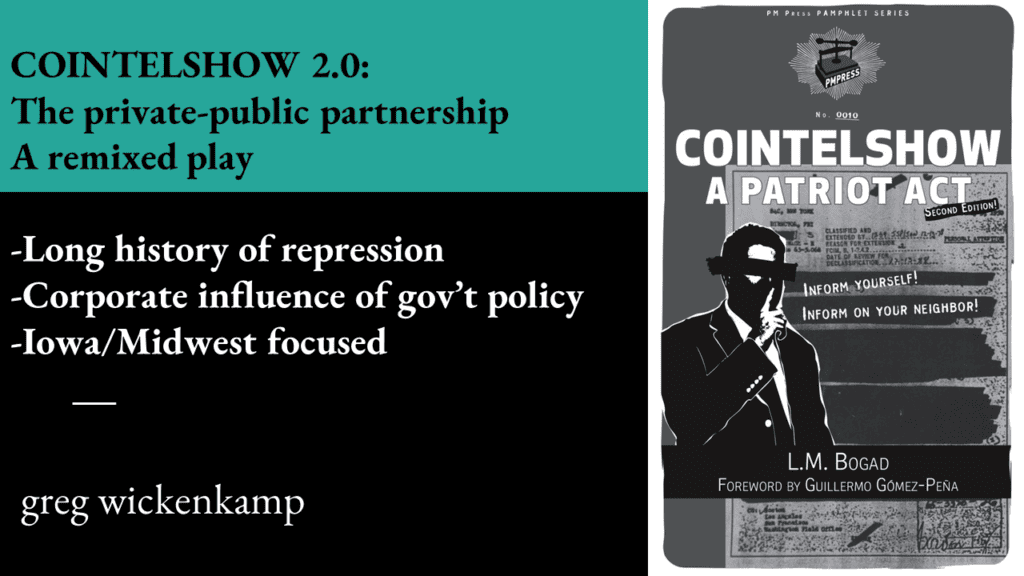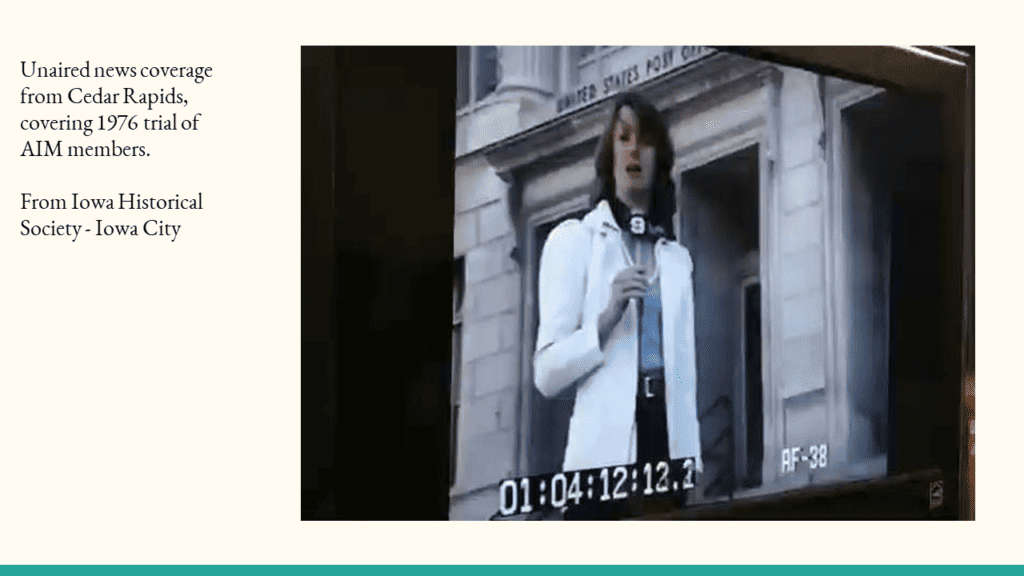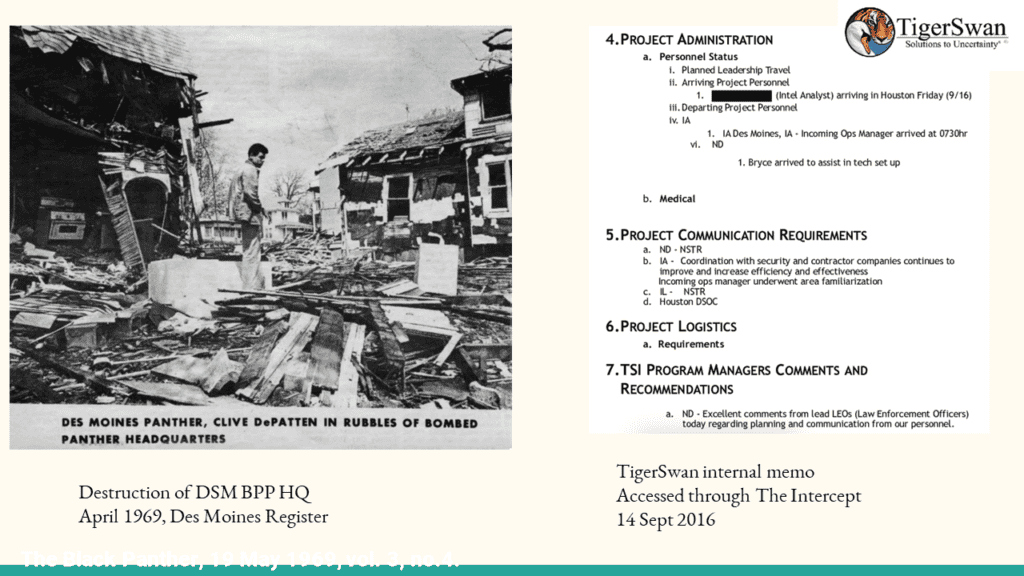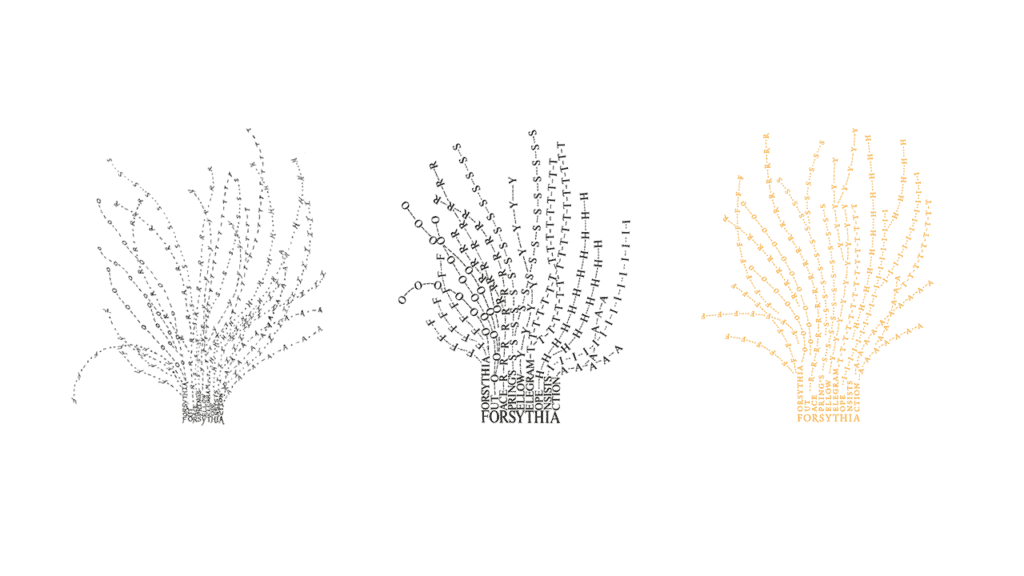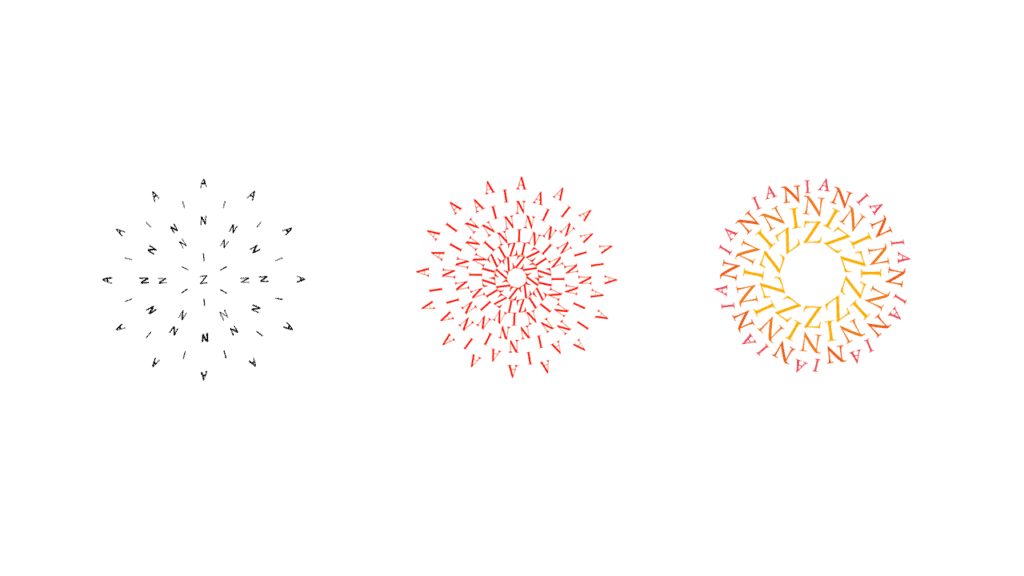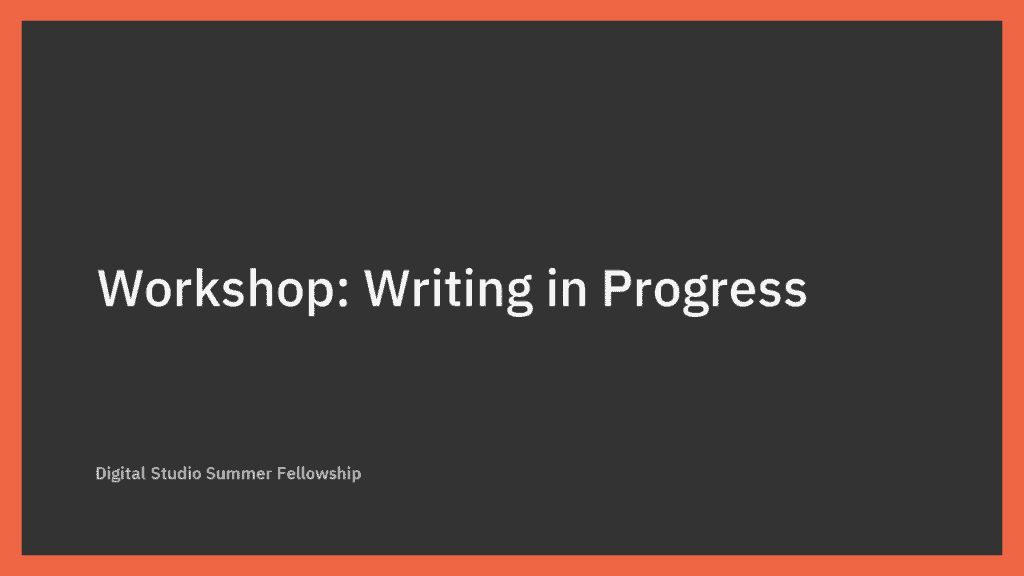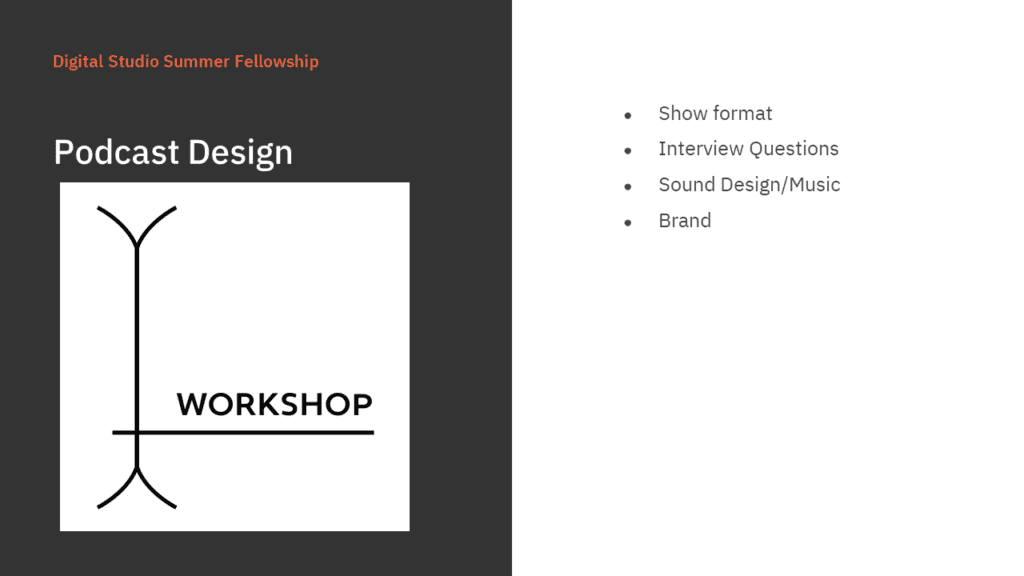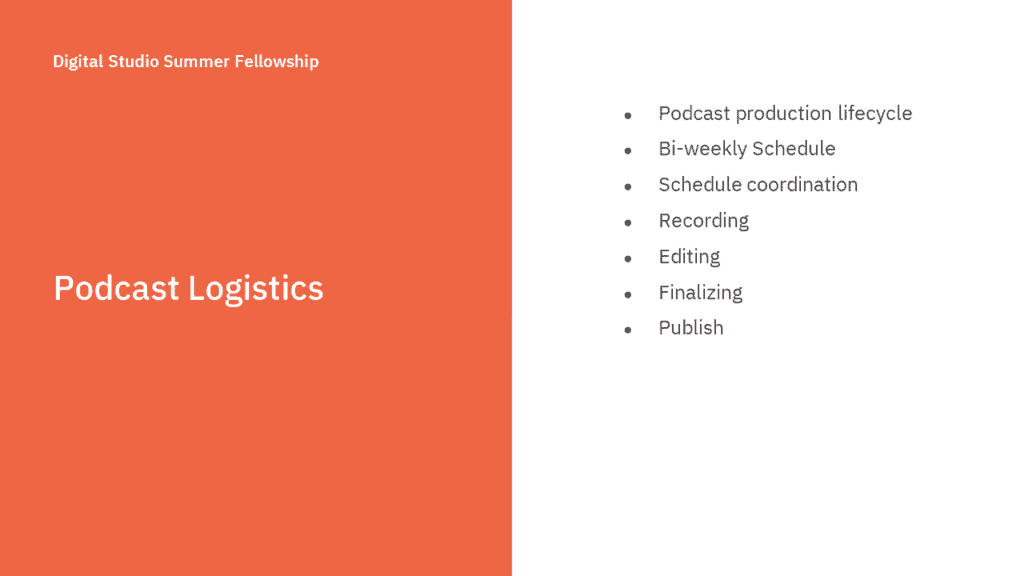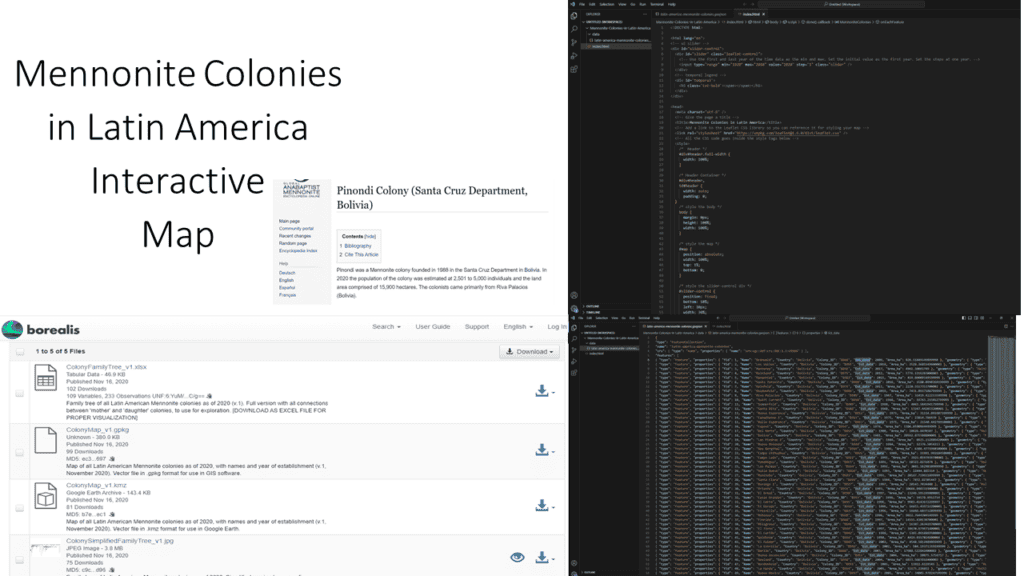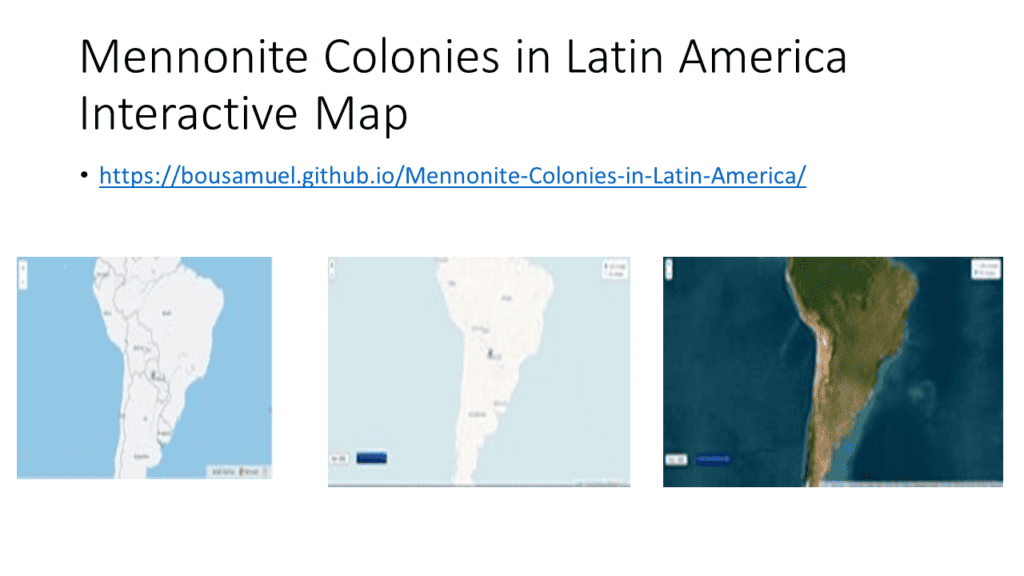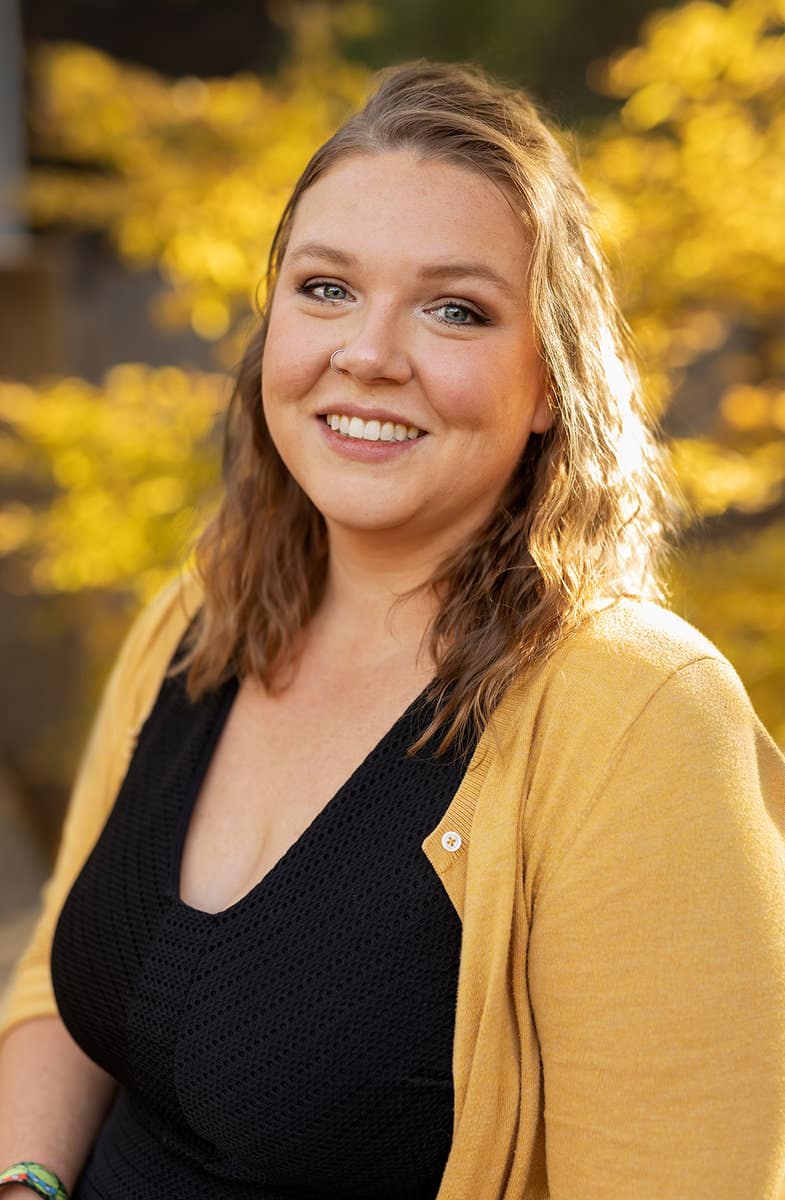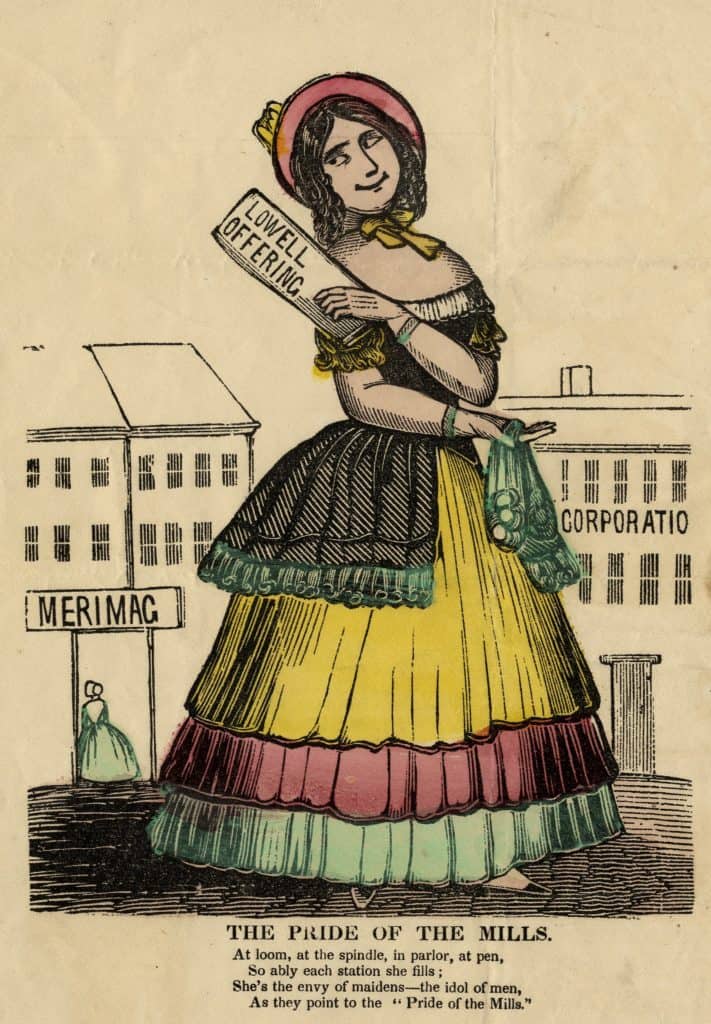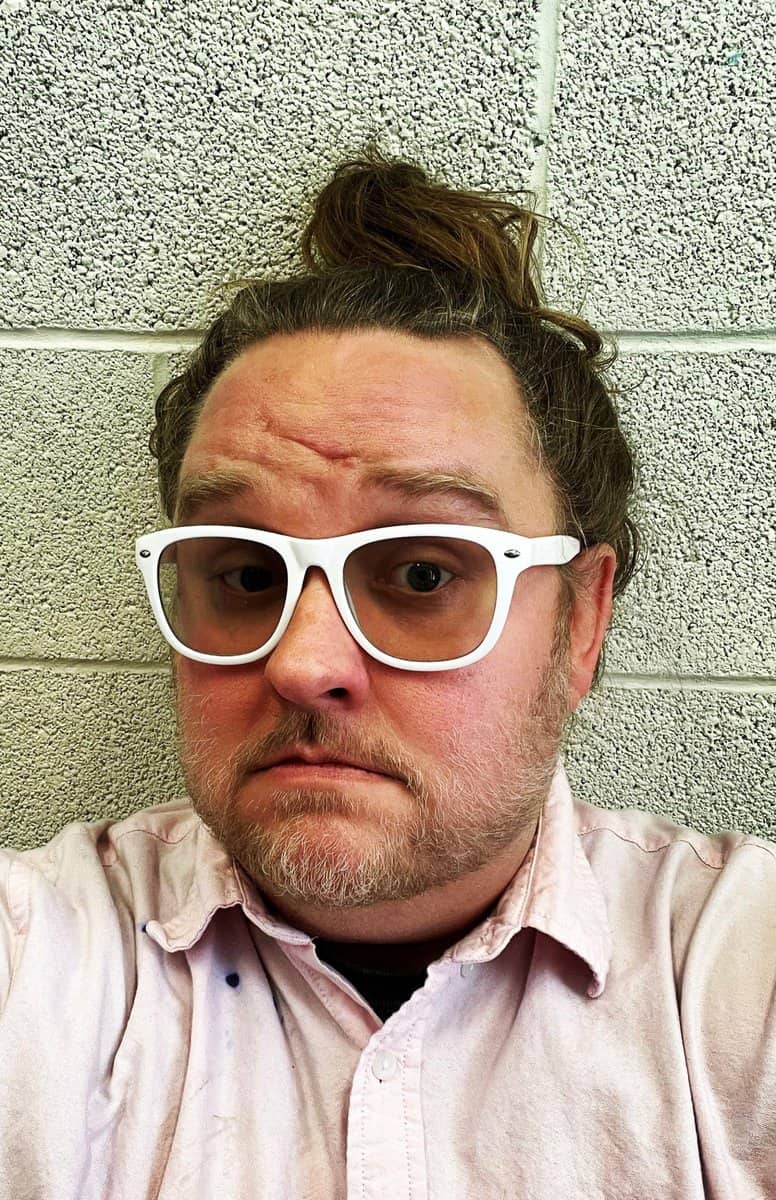My capstone project for the Public Digital Humanities certificate focused on creating an interactive map of women scientists and academic institutions in pre-WWII Tokyo. The dominant narrative of modern Japan’s scientific journey has centered on the contributions of male scientists and male-only academic institutions. This project is an attempt to undo the erasure of women scientists and affirm their contributions to science in early 20th century Japan. When I started this project, I was hoping to make it easier for people outside academia to access information about the history of women in science in Japan. However, in the end, this project proved useful, not only as an outreach activity, but also as a potential analytical tool for historians. Yet, before I could look at the completed interactive map and come to this realization, I went through the preliminary work and challenges.
A major decision I made early on in this project was which area (One prefecture? One region? The whole of Japan?) to focus on. Ultimately, I chose Tokyo because of its concentration of women’s higher education and research institutions. I began by researching institutions in Tokyo and affiliated women scientists, using institutional websites and scholarly works. I then organized the gathered information on spreadsheets and mapped it onto the 1925 Tokyo city map. Short descriptions of each institution and scientists were added in both English and Japanese, to reach wider audience. In the later stage, I added photos as well. All the work was done with the great help of Jay Bowen, geographic information specialist at the Digital Scholarship and Publishing Studio at the Libraries. I took Geographic Visualization last year, but as someone who has little experience or skills in mapping and geographic information systems, I would not have been able to make this project happen without his assistance.
One challenge I encountered along the way was finding and getting access to an old map and photos of women scientists. I would like to extend my gratitude to the International Research Center for Japanese Studies, Ochanomizu University, Toho University, and Tohoku University Archives. Also, I would like to thank Jay for suggesting that I utilize photos available on Wikimedia Commons, as I was not aware of that option. Another challenge was finding academic institutions on the old map. In many cases, the place names were different from what they are now, and some school locations have since changed. Therefore, identifying the current location of an institution on a contemporary map did not necessarily help me. For example, the Institute of Physical and Chemical Research is in Saitama prefecture, but it was in the Hongō ward of Tokyo prefecture in the early 20th century. When I learned the old address, I checked the Hongō ward on Google Maps to find out it did not exist anymore. While the number of institutions I prepared for this project was small, it took patience to locate each of them on the old map.
To ensure the usefulness of the map, I asked a few PhD students around me, who are unfamiliar with the history of education or science, to interact with it. Overall, they were satisfied with the map and found no problems with navigating different functions. However, one student suggested that, because the base map is written in Japanese, it would be helpful for non-Japanese speaking readers to have some clarification on the map (for example, what the yellow area on the map means). Therefore, while there is still room for improvement in terms of the language, I believe that this map is an effective outreach tool.
My biggest takeaway from this project, however, is the fact that the academic and research institutions that contributed to the education and employment of Japanese women scientists were located extremely close to one another. For instance, Tokyo Women’s Higher Normal School, Tokyo Imperial University, and the Institute of Physical and Chemical Research were concentrated in one area. Tokyo Women’s Higher Normal School was an alma mater of many women scientists in pre-WWII Japan. Because women’s institutions tended to have poor research facilities, the graduates often had a day job at their alma mater and continued their research at other institutions, such as Tokyo Imperial University or the Institute of Physical and Chemical Research. To my surprise, these three institutions were all located in the same Hongō ward, and moreover, within walking distance. As someone who did not grew up in Tokyo, I was not aware of the geographical advantage of Tokyo Women’s Higer Normal School. Therefore, while I originally had intended to do this project as an outreach activity, it contributed to my understanding of women’s higher education in pre-WWII Japan.
Moreover, this finding regarding geographic relationships between institutions led to an interesting scholastic conversation with science historians in Japan. They were curious how the Tokyo City Streetcar system contributed to connecting these institutions. The old map I use in this project shows the rail track and the names of stations in red. We found that the streetcar system connected Tokyo Higher Normal School (the Hongō ward) and Japan Women’s University (the Koishikawa ward). This may be one reason why renowned pharmacist and educator Nagayoshi Nagai could teach at Tokyo Imperial University, Japan Women’s University, and Tokyo Women’s Higher Normal School simultaneously. Therefore, I feel that this type of visualization can provide historians with new ways to analyze and understand historical information.
Lastly, the collaborative nature of this project taught me that I can go beyond my own knowledge and skills in my scholarly work. My research area is the history of higher education, and historians usually work alone. I get valuable feedback from my academic advisor and other close professors, but most of the time, I walk into the archives alone, analyze the data alone, and write a paper alone. Although I see benefits to this approach, working alone means that I am limited by what I can do in isolation. On the other hand, through working with the Studio, I was able to receive support from experts in an area that I have no pre-existing skills. I was able to make my project a reality through the mapping support I received. When I wrote a paper with a historian before, he said that “collaborative work like this does not usually happen,” and went on to say, “it should happen more often.” After a semester of working with the Studio, especially with Jay, I agree with the historian. Collaboration allows me to go beyond my own limits.
In summary, I believe that the interactive map (a) enables people outside academia to learn that women scientists existed and contributed to science in modern Japan and (b) allows historians of education and science to examine inter-institutional relationships in pre-WWII Tokyo from a new angle. As a learner, this project has been an invaluable experience. I have learned about the physical environment that surrounded women in science, as well as how collaboration between people in different fields can enhance scholarship.
